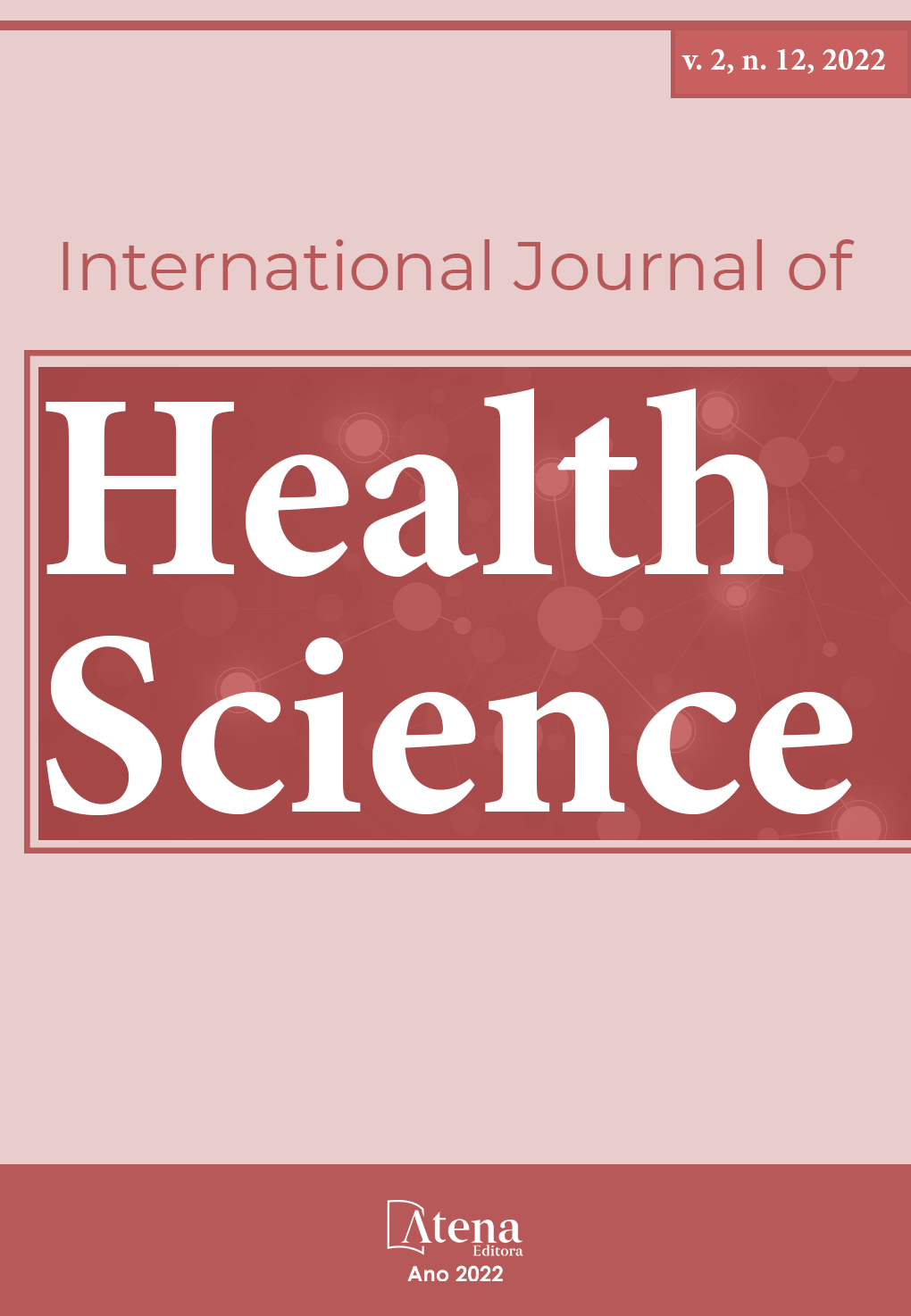
SOCIOECONOMIC CONTEXT IN BRAZIL AND TUBERCULOSIS RISK FACTORS: WHAT HAS CHANGED?
Introduction: Tuberculosis persists in vulnerable populations, which demonstrates the relationship between the disease and social inequality. Therefore, social and infrastructure investments can change the panorama of tuberculosis in Salvador. The objective was to identify an association between socioeconomic factors, life habits, comorbidities and tuberculosis. Methodology: A control case study was carried out in Salvador, Bahia, Brazil, from 2009 to May 2010, with 717 cases and 717 controls, aged 15 to 94, matched by sex and age. The result was pulmonary tuberculosis and the exposures were socioeconomic characteristics, life habits, contact history and comorbidities. The association measure obtained through conditional logistic regression was based on odds ratio and confidence intervals (95% CI) to determine the effect of the risk factors studied. Results: a statistically significant association was observed with schooling (OR=1.32; 95%CI: 1.06-1.63), agglomeration ≤1person/housing (OR=1.39; 95%CI:1.08-1 .80); y biennes of consumption ≤ 6 biennes (OR=1.59; 95% CI: 1.28-1.97); prior contact (OR=1.40; 95%CI:1.12-1.75); diabetes mellitus (OR=2.40; 95% CI: 1.35-4.39). A statistically significant negative association was observed between race/color brown and black (OR=0.59; 95% CI: 0.41-0.86) and (OR=0.66; 95% CI: 0.44-0 .97) respectively. Conclusion: Despite the social improvements in the country, tuberculosis still persists as a disease related to low life conditions.
SOCIOECONOMIC CONTEXT IN BRAZIL AND TUBERCULOSIS RISK FACTORS: WHAT HAS CHANGED?
-
DOI: 10.22533/at.ed.1592122223023
-
Palavras-chave: Tuberculosis, Incidence, Risk Factors
-
Keywords: Tuberculosis, Incidence, Risk Factors
-
Abstract:
Introduction: Tuberculosis persists in vulnerable populations, which demonstrates the relationship between the disease and social inequality. Therefore, social and infrastructure investments can change the panorama of tuberculosis in Salvador. The objective was to identify an association between socioeconomic factors, life habits, comorbidities and tuberculosis. Methodology: A control case study was carried out in Salvador, Bahia, Brazil, from 2009 to May 2010, with 717 cases and 717 controls, aged 15 to 94, matched by sex and age. The result was pulmonary tuberculosis and the exposures were socioeconomic characteristics, life habits, contact history and comorbidities. The association measure obtained through conditional logistic regression was based on odds ratio and confidence intervals (95% CI) to determine the effect of the risk factors studied. Results: a statistically significant association was observed with schooling (OR=1.32; 95%CI: 1.06-1.63), agglomeration ≤1person/housing (OR=1.39; 95%CI:1.08-1 .80); y biennes of consumption ≤ 6 biennes (OR=1.59; 95% CI: 1.28-1.97); prior contact (OR=1.40; 95%CI:1.12-1.75); diabetes mellitus (OR=2.40; 95% CI: 1.35-4.39). A statistically significant negative association was observed between race/color brown and black (OR=0.59; 95% CI: 0.41-0.86) and (OR=0.66; 95% CI: 0.44-0 .97) respectively. Conclusion: Despite the social improvements in the country, tuberculosis still persists as a disease related to low life conditions.
-
Número de páginas: 14
- Dailey Oliveira Carvalho
- Márcio Santos da Natividade
- Josilda dos Santos Lima Gomes
- Jose Ueleres Braga
- Maria da Conceição Nascimento Costa
- Maelí Gomes de Oliveira
- Carlos Antônio de Souza Teles Santos
- Jenny Caroline Vieira Moura
- Diana Cardeal do Nascimento
- Vivian Ranyelle Soares de Almeida
- Maria Yaná Guimarães Silva Freitas
- Juliana Macêdo dos Santos Silva


